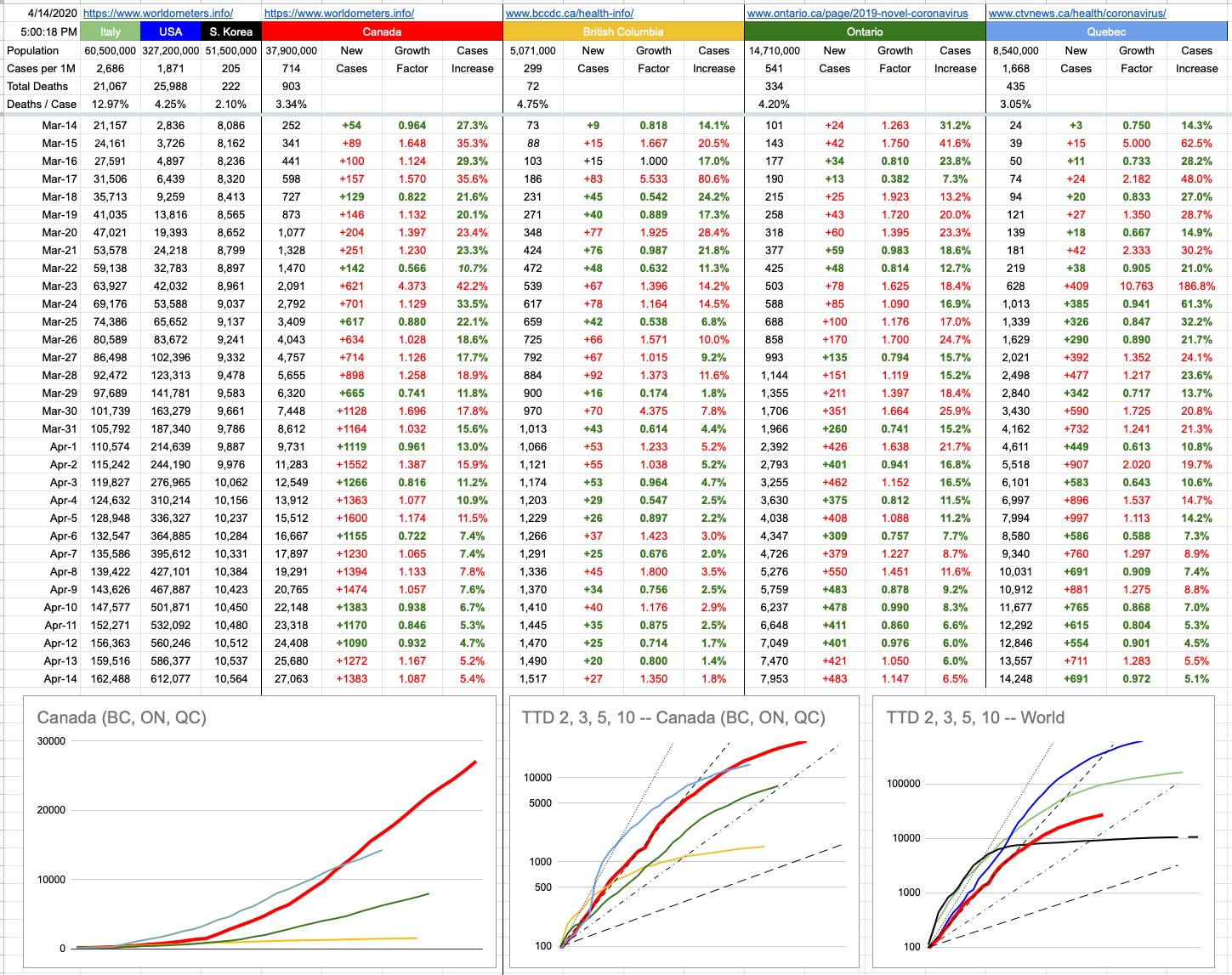In simple terms, there are three initial conditions to consider if you’re going to fire a cannon: the weight of the cannonball, how much gunpowder you load into the cannon, and the angle of the cannon when you fire it.
If you’re trying to figure out what effect changing those variables can have, the right way to do it is to fix two of them and then see what happens as you vary the third.
For example, set the cannon at a 30-degree angle, and use the same weight of cannonball for 5 shots. Pack each of those 5 shots with increasing amounts of gunpowder… like 10, 20, 30 pounds and so on.
After you’ve fired those five cannonballs, measure the different distances and graph them. And draw a line through those 5 points… and extend it, beyond the last one, following the shape of that line. It might be perfectly straight. It might curve a bit. This is called extrapolation, and lets you make a pretty good guess as to what would happen if you had kept adding more gunpowder.
Now, do the same… this time, use the same amount of gunpowder, but use different weights of cannonballs. Graph and extrapolate that too.
Finally, pick one of those cannonball weights and a fixed amount of gunpowder, and fire them all, changing the cannon’s angle by 5 degrees each time. Graph and extrapolate.
Given those three graphs and their extrapolated lines, you now have a pretty good idea of how to fire this cannon, depending on what you desire. There may be many ways of hitting a target 500 yards away, but one uses more gunpowder. Or maybe you want to hit it with a bigger cannonball. Maybe there are trees in the way, so you’ll need a steeper angle.
One thing that’s certain; the only control you have with this cannonball is what you set with these initial conditions. Once you light that fuse and the cannoball blasts its way out of there, there is nothing you can do about its trajectory. Hopefully you got it right.
It occurs to me that a more modern and relevant example would be golf. When you’re trying to hit a golfball into a hole 150 yards away, there are many variables to consider, and usually, too many for most people, all at once. Pick the right club, but after that… the wind, your tight grip (but not too tight), feet shoulder-width apart, bend your knees, lean forward, keep your waist straight, look at the ball… etc etc. There are many more, and very few people are able to maintain all of those, all at once. And one initial condition out of place affects the whole thing. And again, like the cannonball, once you hit the ball, all you can do is watch.
When you look at the graphs in this picture, it’s not hard to visualize where these lines might be going, given the trajectories shown. If you look at the TTD chart for the world, the one on the far right, you can see the red Canada line in between the black South Korea line and the green Italy line. For a long time, we were hearing thing about which trajectory Canada might be following, using those two countries as examples… ideally, South Korea… but, worryingly, looking like Italy.
Ideally, our red line would’ve bent harder and right, sooner. It didn’t, but it also didn’t follow Italy, though the shape is the same, and using extrapolation, all things being equal, we can tell where we might wind up with respect to cases, if nothing changes.
Except all things are not equal. Unlike cannonballs and golfballs, the big difference here is that we can course-correct, and we have. Our red line and the American blue line were on top of each other for a while… until around March 26th, where things diverged rapidly. Implementing changes makes a difference, and the timing of it is key. A few days sooner or later makes a big difference.
It’s important to note that there were many initial conditions, both here and around the world, that affected things greatly. A big crowd at a soccer game. A large church gathering. Staggered Spring Break dates. The Canucks were away for almost two weeks after Feb 22nd. An endless list of endless jurisdictions where at the right place/right time, some situation that may have brought together a lot of people from lots of different places — did or didn’t happen, for whatever reason.
We will be shown some modelling later this week, and some “what if” scenarios. The biggest “what if” around has to do with properly implementing the measures that have been imposed in many places (including here), and the effects they’ve had. There is some guesswork and some assumptions, but they’re intelligent guesses based on what’s been experienced elsewhere. Extrapolated graphs are part of it. And every indication is that what we’re doing has made — and continues to make — a big difference.
View Original Post and All Comments on Facebook



Finally, I was the first one to Like the daily update.
haha I’m number 2! …wait…
I miss golf. And horses. And I don’t like numbers in red!! lol
That’s what I was going to say!????
Hi Delora Lee Lalande could you take Mike on this? I know my dad was telling him about this solid analysis and he wanted to see it. He might have to “friend” our fabulous Horatio Kemeny first. Thanks!
What is TTD please?
Thank you so much for keeping us updated. Take care.
I really love your insightful babbles ????????????????
Love to read your daily updates. Thanks again, it makes me hopeful.????????
Would be interesting to see Albertas figures in this.